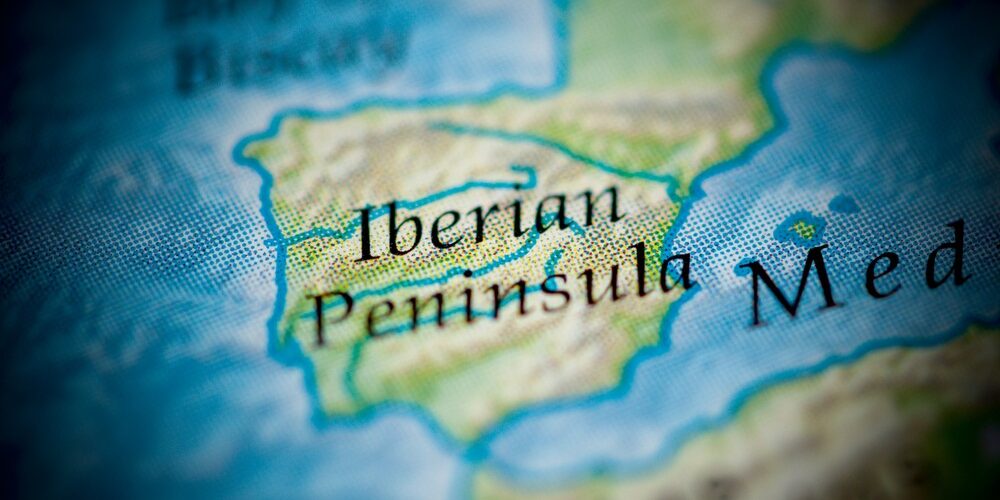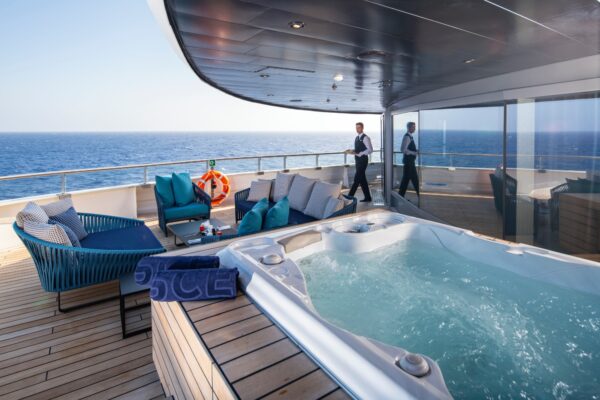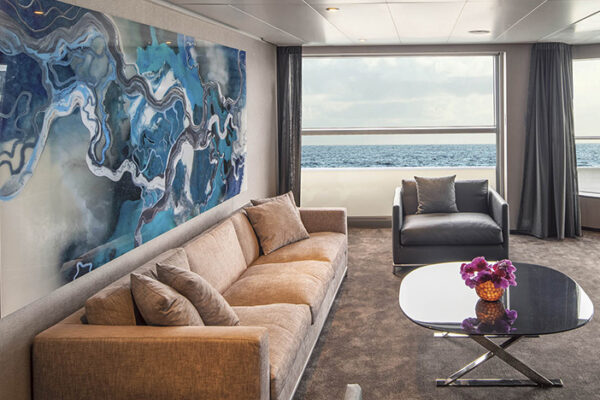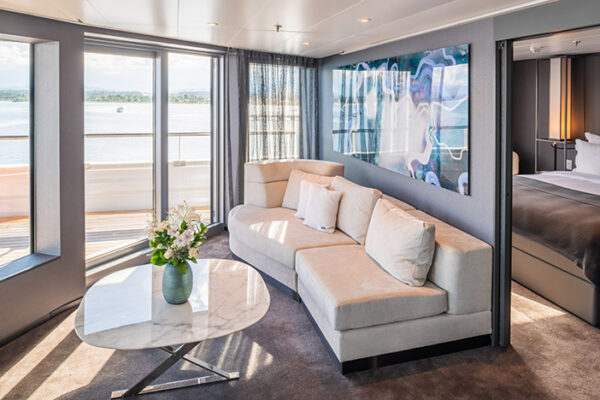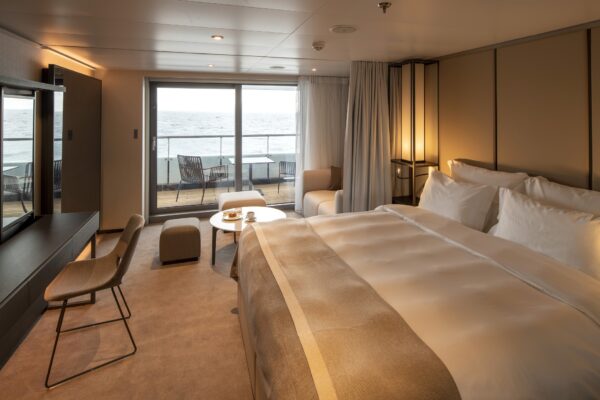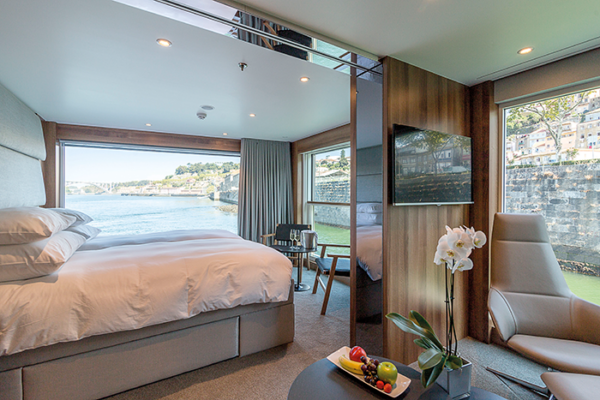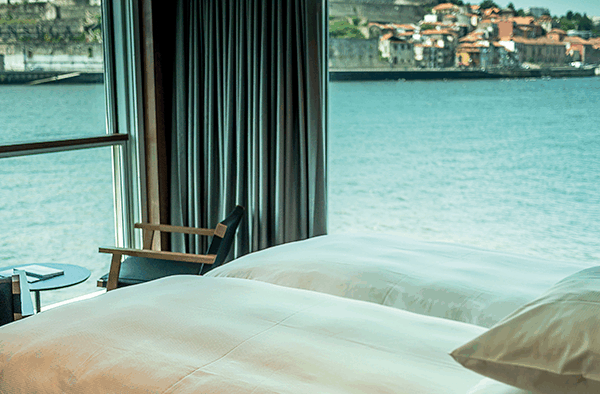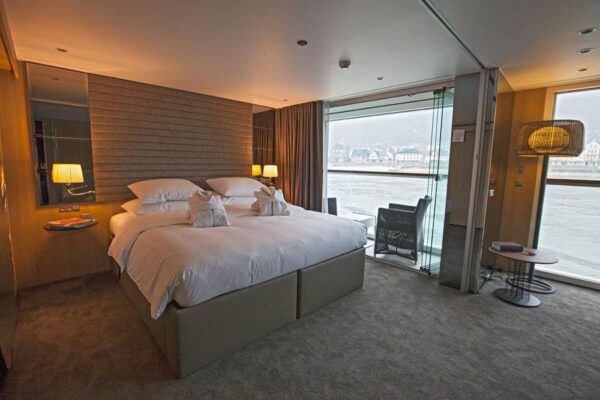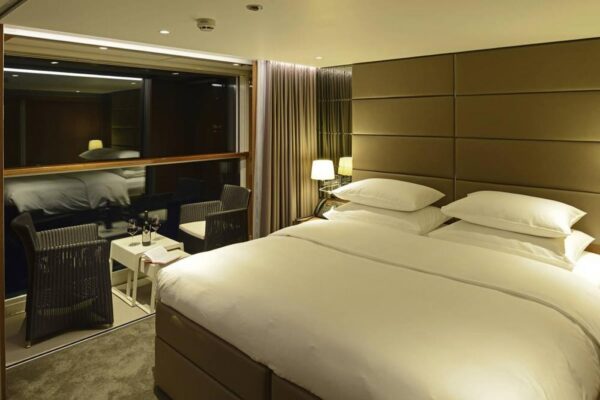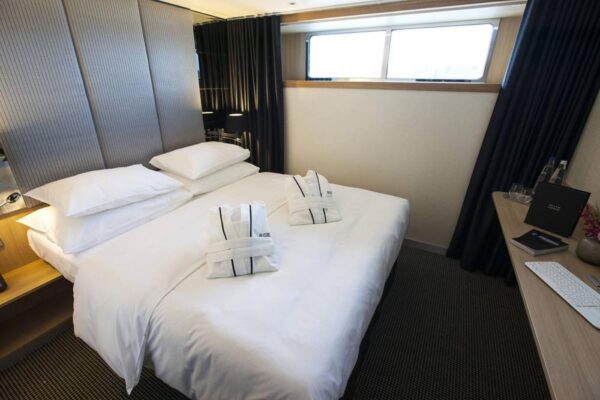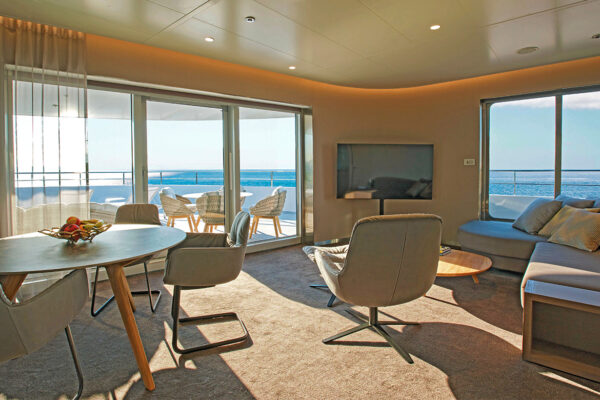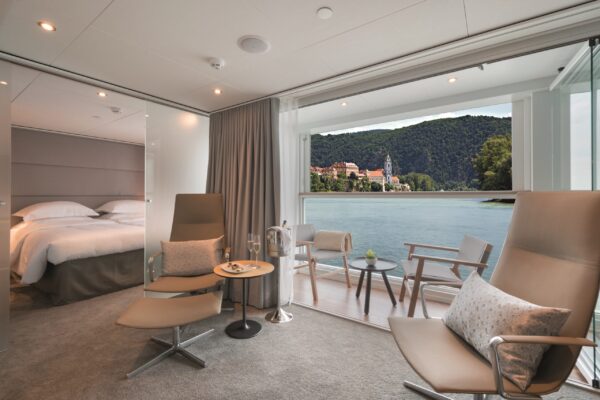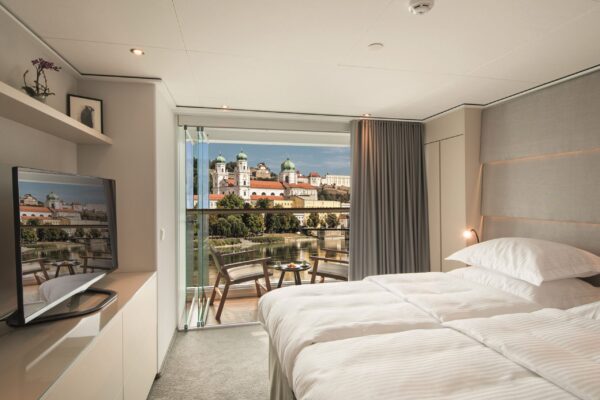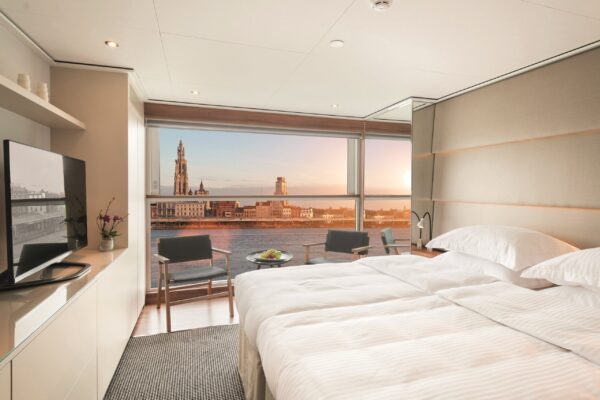The History of the Kingdoms of Spain
The Iberian Peninsula, where modern Spain lies, has been home to countless civilizations and kingdoms. Long before the union of Castile and Aragon created the foundation of a Spanish nation, the land was a crossroads of peoples: Iberians, Celts, Phoenicians, Greeks, Carthaginians, Romans, Visigoths, and Moors all played a part. The story of Spain’s kingdoms is thus one of shifting borders, cultural blending, and dynastic struggles, culminating in the birth of one of Europe’s most powerful states.
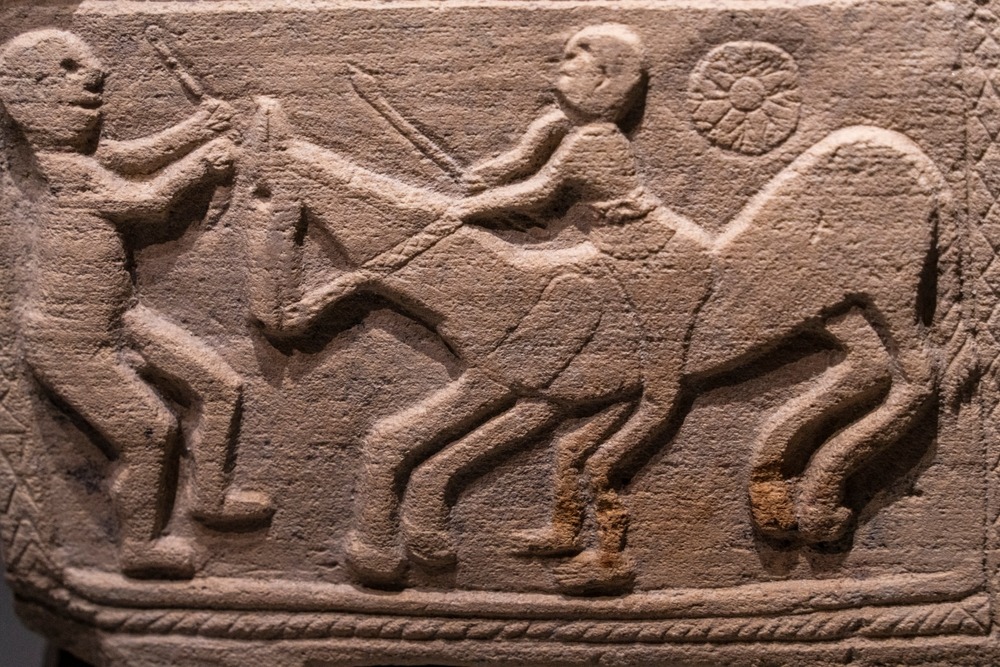
Pre-Roman Cultures and Kingdoms
Long before Rome conquered Hispania, the Iberian Peninsula was inhabited by diverse peoples, each with their own tribal structures and proto-kingdoms.
-
The Iberians: Occupying the eastern and southern coasts, the Iberians were a sophisticated people with fortified towns, metallurgy, and writing systems influenced by Mediterranean trade. They developed small regional kingdoms, often centered on hillforts.
-
The Celts: Migrating from central Europe, the Celts settled in the northwest and central regions, blending with Iberians to create the Celtiberians. These groups organized into tribal confederations and warrior societies.
-
The Tartessos: Among the earliest organized societies, the Kingdom of Tartessos flourished in southern Iberia (modern Andalusia) around the 9th to 6th centuries BCE. Known for its wealth in silver and trade, Tartessos was a semi-legendary state mentioned by Greek writers as a land of riches and mystery.
-
The Lusitanians: Located in what is now Portugal and western Spain, they were fierce warriors who resisted Roman conquest for decades under leaders like Viriathus.
-
The Cantabri and Vascones: In the northern mountains, independent tribes like the Cantabrians and the Vascones (ancestors of the Basques) maintained autonomy for centuries, resisting both Carthaginian and Roman domination.
These early polities were not centralized kingdoms in the later medieval sense, but they laid the groundwork for Iberia’s distinct regional identities.
Phoenician and Greek Settlement
By the 9th century BCE, Phoenician traders from the Levant established colonies along Iberia’s southern coast. They founded cities such as Gadir (modern Cádiz), considered the oldest continuously inhabited city in Western Europe, as well as Malaka (Málaga) and Sexi (Almuñécar). These colonies became vital trading posts, connecting Iberia’s mineral wealth—especially silver and tin—to the wider Mediterranean world.
The Greeks, too, established colonies along the eastern coast, such as Emporion (modern Empúries). They introduced artistic and political ideas that mingled with local Iberian traditions.
Carthaginian Power in Iberia
Following the decline of Phoenician independence, their colony of Carthage (in modern Tunisia) took control of many Iberian outposts. By the 3rd century BCE, Carthage had expanded its authority deeply into the peninsula. Leaders like Hamilcar Barca and his son Hannibal used Iberia as a base to gather troops and resources for wars against Rome, famously crossing the Alps with elephants during the Second Punic War.
Roman Conquest and Hispania
After defeating Carthage, Rome turned Iberia into the province of Hispania. The conquest was long and brutal, facing resistance from Celtiberian and Lusitanian tribes, but by the 1st century BCE, Iberia was firmly under Roman control. Romanization brought roads, aqueducts, Latin language, law, and urban life—laying deep cultural foundations that still shape Spain today.
The Visigothic Kingdom
When the Western Roman Empire fell in the 5th century CE, the Visigoths seized control of Hispania, establishing a kingdom centered in Toledo. For nearly three centuries, they ruled over a Christian, Latinized population, until the Muslim invasion in 711 toppled their power.
The Islamic Conquest and Al-Andalus
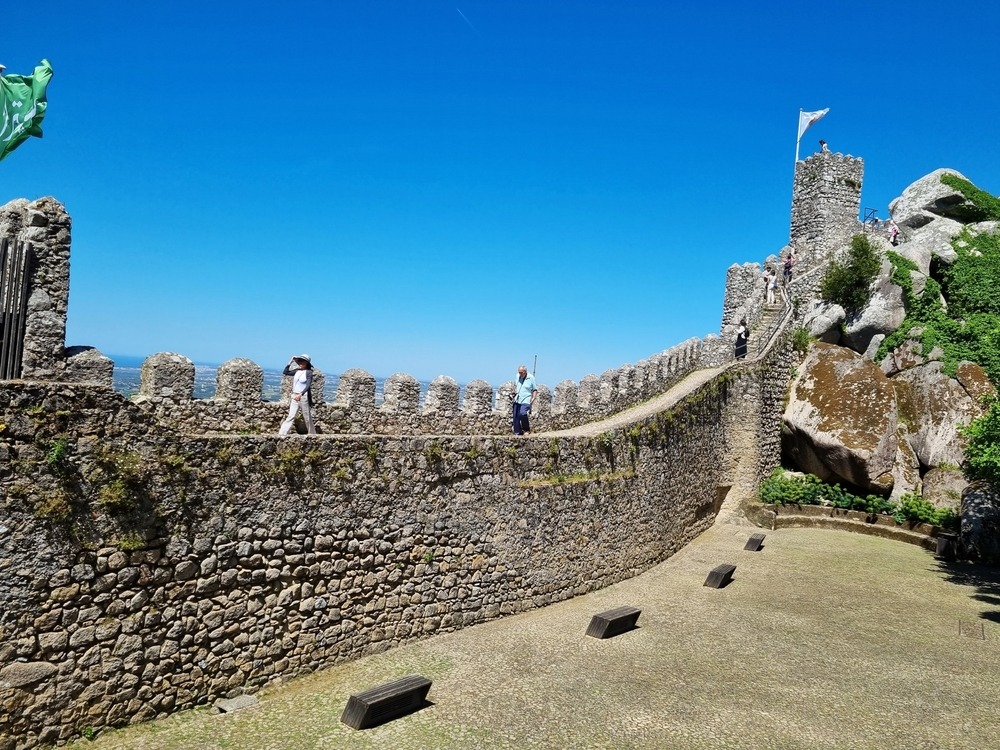
The Moors’ arrival ushered in Al-Andalus, a Muslim-ruled region that flourished as a center of science, architecture, and culture. Córdoba became one of the greatest cities of medieval Europe, while Christian kingdoms in the north began the Reconquista, a centuries-long struggle to retake the peninsula.
The Rise of the Christian Kingdoms
From the northern mountains, new kingdoms gradually expanded:
-
Asturias and León: The seed of Christian resistance, beginning with Pelagius at Covadonga (722).
-
Castile: Born from León’s frontier counties, Castile grew into the dominant power of central Iberia.
-
Navarre: A Pyrenean kingdom with Basque roots, important in both Spanish and French politics.
-
Aragon: A kingdom that expanded into the Mediterranean, merging later with Castile.
-
Portugal: Once part of León, it declared independence in the 12th century and pursued its own path.
By the 13th century, only Granada remained under Muslim rule, enduring until 1492.
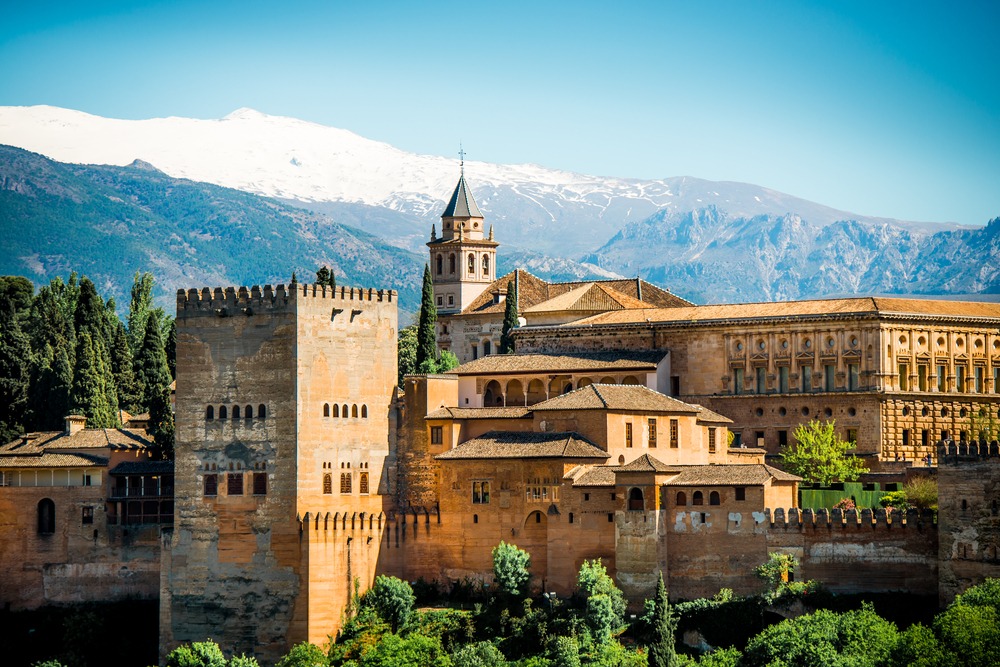
The Union of Castile and Aragon
The marriage of Isabella of Castile and Ferdinand of Aragon in 1469 united Spain’s two greatest crowns. Their reign brought the completion of the Reconquista with the fall of Granada in 1492, and launched Spain onto the world stage as a global empire with Columbus’ voyage that same year.
Walk Through History in Spain Today
For travelers, Spain offers a living museum of its kingdoms and civilizations. In the south, you can wander the ancient streets of Cádiz, where the Phoenicians first landed, or explore the remnants of Tartessos near the mouth of the Guadalquivir River. Roman engineering still towers in places like Segovia, with its aqueduct, and Mérida, where theaters and temples remain almost untouched by time. The grandeur of the Alhambra in Granada and the Mezquita of Córdoba reveal the brilliance of Al-Andalus, while medieval castles in Castile and Gothic cathedrals in León, Burgos, and Toledo evoke the Christian kingdoms that fought and flourished during the Reconquista.
Traveling through Spain is like stepping across centuries with every region. In Navarre and the Basque Country, echoes of ancient tribal independence linger, while the Mediterranean coast still reflects the seafaring legacy of Aragon and Catalonia. Visitors can trace the footsteps of Hannibal, marvel at the artistry of Moorish palaces, or stand in the plazas where Ferdinand and Isabella set Spain on the course to empire. Few countries in the world can match Spain’s depth of layered history, and exploring its landscapes is not only a journey through ruins and monuments but also a chance to feel the heartbeat of the civilizations that once ruled these lands.


